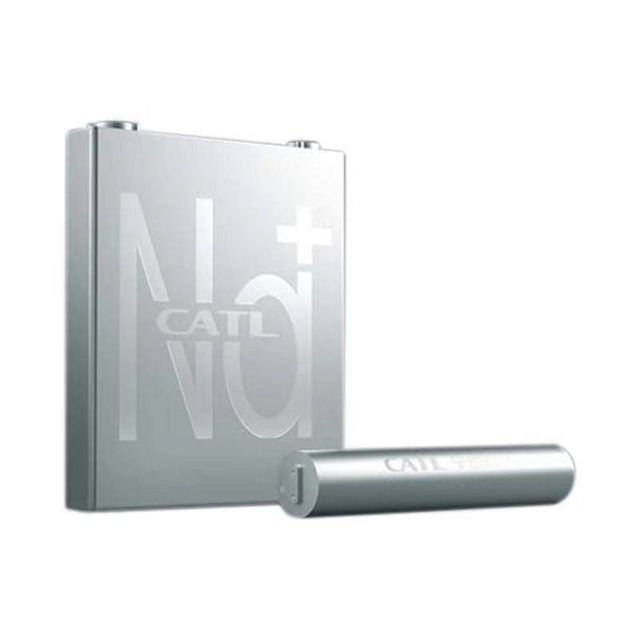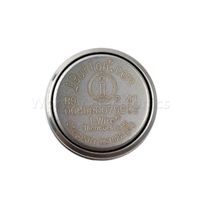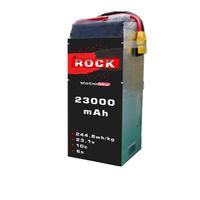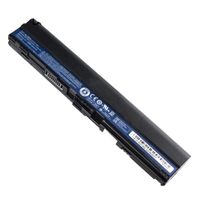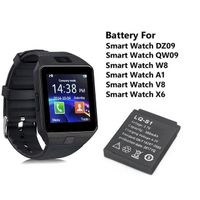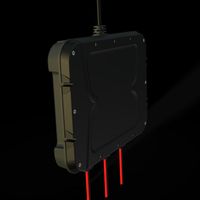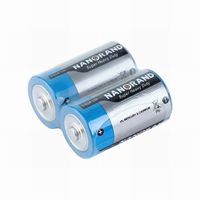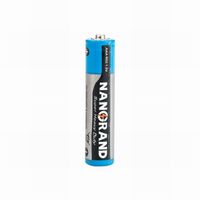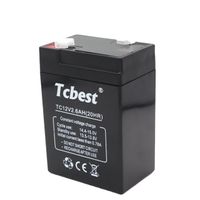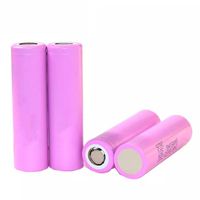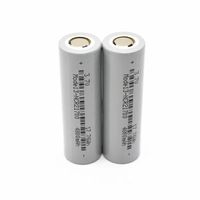New Battery 682Wh 220Ah 3.1V Sodium Ion Battery Square Sodium Ion Battery for 48V Residential Solar Energy Storage
-
Supplier: Wuxi Porffor Technology Co.,Ltd -
Region: Jiangsu, China -
Contact: Ms Sales Porffor -
Price: $73.00 / 8 - 99 pieces
$68.00 / 100 - 499 pieces
$66.00 / >=500 pieces -
Min. Order: 8 pieces
Product details
| box: | 48V 51.2V 200Ah 220Ah battery pack | Voltage: | 3.1V |
| payment terms: | Western Union, wire transfer | Place of origin: | China |
| feature: | Cheap/high power/long life cycle/wide temperature performance | Package preview: | |
| Supply capacity: | 5000 pieces per week | size: | T72*W175*H205mm |
| type: | Square/square, sodium-ion battery | Cycle life: | 4000 cycles |
| pack: | 6PCS/carton | delivery time: | 7 working days |
| application: | Flash/RV/Electric Bicycle/Car Audio | Packaging details: | 6 pieces/box |
| Key words: | Sodium ion battery electrode |
Product Description
What is SIB/NIB/sodium ion battery?
A sodium-ion battery (NIB or SIB) is a rechargeable battery that uses sodium ions (Na+) as a charge carrier. In some cases, its working principle and battery structure are similar to the lithium-ion battery (LIB) type, but it uses sodium instead of lithium as the cathode material. Sodium and lithium belong to the same group in the periodic table of elements and therefore have similar chemical properties. .








Will sodium batteries replace lithium batteries?
Sodium-ion batteries may not replace all lithium-ion batteries on the market, but will be used in certain applications that don't necessarily require high energy density, such as large-scale power grids or smaller modes of transportation. Sodium-ion batteries will be used in certain applications that don't necessarily require high energy density, such as large-scale power grids or smaller modes of transportation.


Temperature test

How do sodium-ion batteries work?
Sodium-ion batteries consist of a cathode based on a sodium-containing material, an anode (not necessarily a sodium-based material), and a liquid electrolyte containing a dissociated sodium salt in a polar protic or aprotic solvent. During charging, sodium ions are extracted from the cathode and inserted into the anode, while electrons travel through an external circuit. During discharge, the reverse process occurs and sodium ions are extracted from the anode. and reinserting the cathode, the electrons do useful work through the external circuit.

Specification
Nominal capacity | 220Ah |
Q | 3.1V |
Charging voltage | 4. 10±0.05V |
Discharge cutoff voltage | 1.50±0.05V |
internal resistance | ≤20.00mΩ |
Battery size | T71*W173*204mm |
Energy Density | 140.00Wh/kg |
weight | 4.7kg |
Storage temperature | 1 year: -20~25℃ 3 months: -20~30℃ 1 month: -20~35℃ |
Maximum continuous charging current | ≤-10℃: no charging temperature 0~5℃: ≤0. 1C 5~ 15℃:≤0.2C 15~25℃:≤0.5C 25~35℃:≤1.0C 35~45℃: ≤0.5C ≥45℃: no charging temperature |
Maximum continuous discharge current | ≤-30℃: no discharge temperature -30~0℃:≤0.5C 0~10℃: ≤1.0℃ 10~35℃:≤3.0C 35~45℃: ≤1.0℃ 45~60℃: ≤0.5C ≥60℃: no discharge temperature |
fast charging | Constant current 1.0C, constant voltage 4.1V 0.05C cut-off |
VIEW MORE
You may like
-
Brand new original button type high temperature recorder patch DS1922T DS1922 DS1922T#F5 electronic parts

-
ROCK HV semi-solid battery, 6 cells 23000mAh lithium polymer battery

-
Laptop battery 14.8V AL12B32 for acer 756 725 V5-171 B113 B113M AL12X32 AL12A31 AL12B32

-
Durable Smart Watch Battery 1pc LQ-S1 Rechargeable Lithium Battery 3.7V 380mAh For DZ09 W8 Smart Watch

-
3 Packs of 10 Amp Onboard Battery Charger

-
On time delivery factory direct used extra heavy duty r20p d battery

-
Competitive price R03P AAA carbon consumer battery manufacturer for long range battery

-
Long Life Lead Acid 12V 2.6AH Rechargeable Battery for Solar Power System

-
T-esla imported genuine 4800mAh rechargeable 21700 Li-ion battery Cell 3.7V 5000mAh Battery E-bike Scooter Power Tools

-
Original Molicel P42A 21700 4200mAh 45A Lithium Battery Rechargeable Li-ion Battery Pack

Related Search
11.1v li ion battery 30000mah
new batteri forklift suppliers
notebook laptop li ion battery for hp compaq suppliers
chinese new battery
charging new batteries
new battery loade
new batterys grip
hilti 21.6v li ion power tool battery cordless drill battery for hilti 21.6v b22 3.0ah 4.0ah
li ion battery for acer laptop suppliers
alkaline battery for digital camera

